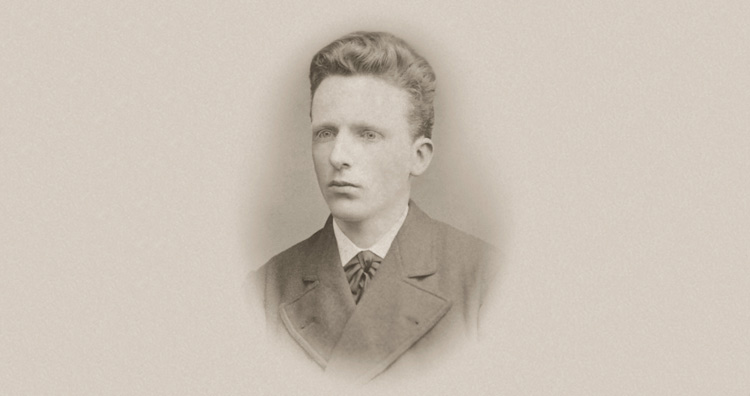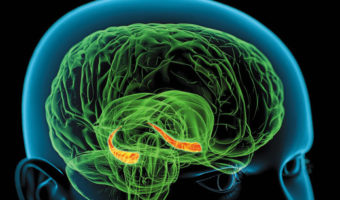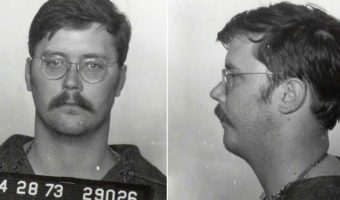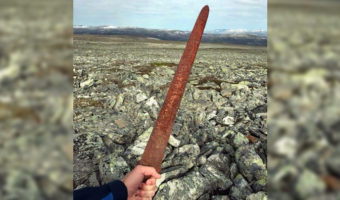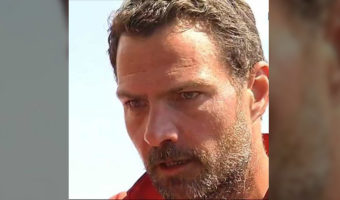Who Was Theo Van Gogh and What Is His Role in the Making of Vincent, the Artist?
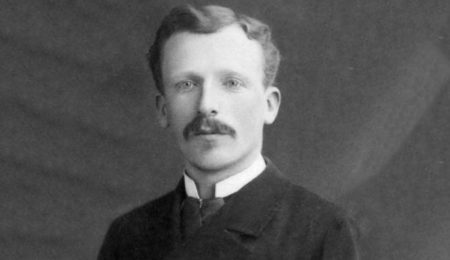
Be it the dreamlike silence of Starry Starry Night or the brilliant colors of the Sunflowers, Vincent Van Gogh is someone whose life and paintings overwhelm us with emotions. Wrecked with solitude and uncertainty, his paintings make one ponder over life’s purpose with a strange, beautiful sadness. But not many people know that the universe would have missed out on the treasure chest of his post-impressionist paintings if it was not for Theodorus Van Gogh, the brother who changed his life.
Let us take this journey by the Irises through the Wheatfield with Crows and walk past the Café Terrace at Night until we reach the Netherlands, on 1st May 1857, where Theo was born – the brother behind one of the best post-Impressionist painters of all time.
Table of Contents
Dear Theo, Ever Yours, Vincent
Theo and Vincent exchanged letters all their lives. They are a literary treasure in themselves, giving the world an understanding of their relationship, views on art, support for each other, and even intimate feelings. Through these countless letters, we know Vincent, not just as a “mad,” conflicted artist with demons, but as a man with intense depth, spirituality, and love. These letters also often included the first sketches of many of his most famous masterpieces. Even in death, Vincent had his last letter written to Theo with him, still unsent, stained in his blood.
Theo’s Career and Support
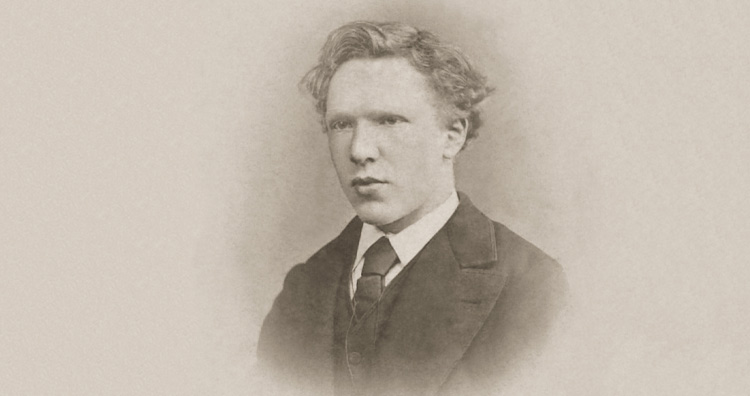
Theo was a successful art dealer and worked at the Dutch office of the Parisian art dealers Goupil & Cie in The Hague. Vincent and Theo both started at the same firm. Theo excelled at this job, while Vincent was dismissed. He told Theo in a letter, “… let’s continue to support each other and to seek brotherly love.”
Their brotherly love was what kept Vincent and Theo together and helped him take up his calling as a painter. Vincent tried to be a minister at the church and a bookbinder but failed in both. When he was without a job and money, Theo supported him, assuming the role of a wise older brother. Vincent fought with his father and walked out of his parent’s house, renting a studio in The Hague, but he couldn’t pay rent. Theo did that for him.
Vincent had this yearning to be useful, to serve a purpose in life. Their letters to each other make it clear that Theo was his support, his advisor, and his financer when he hit a low in life. Vincent constantly sought Theo’s advice on all matters.
Theo Advised Vincent to Become an Artist.
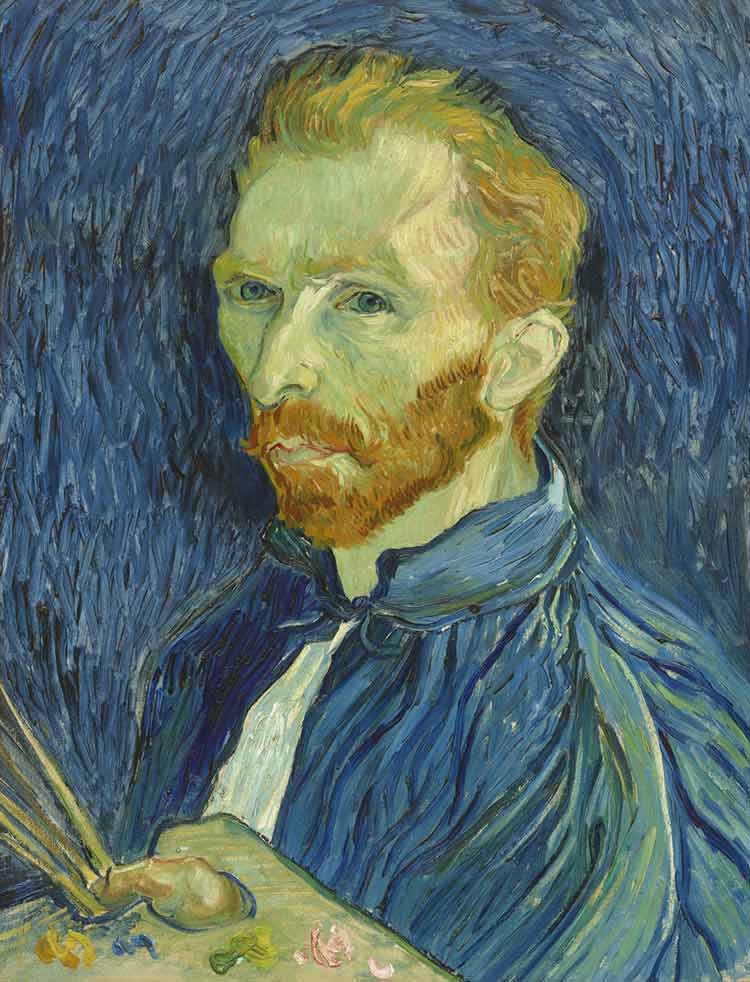
In one letter, Vincent described his training to be a painter and asked Theo, in a letter from Belgium in 1880 wrote, “…I feel the need to study figure drawing … What do you think of the croquis? Does the idea seem good to you?”
Vincent sent all his scribbles and drawings to Theo, asking for his opinion. Theo knew in his heart Vincent’s passion for drawing and painting and advised him to take up painting as a profession.
In a letter to their sister, Willemien, Theo wrote that Vincent is an artist, and even if everything he paints is not beautiful, they all will help him later. He confessed even if Vincent is unpractical, if he succeeds as an artist, he will be able to sell his paintings one day. He wanted Vincent to do something good.
Vincent Moved to the South of France.
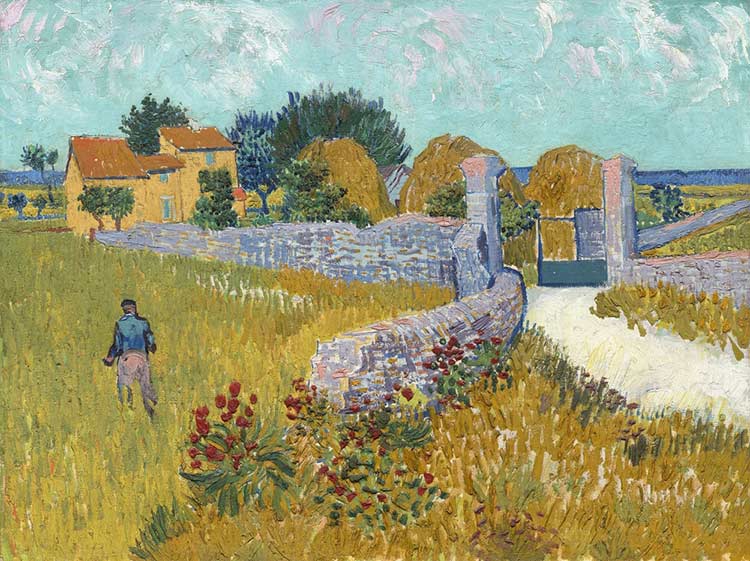
Vincent was not an easy personality to live with. When Theo moved to Paris, he advised Vincent to move there to make himself familiar with the colorful, contemporary French art. When they lived together, Theo dealt with Vincent’s gentle, gifted, refined self, as well as his selfish unfeeling self, but continued to support him in his endeavors to become an artist.
Theo’s life developed a big void when Vincent decided to leave his city life in Paris and move to the South of France. There, Vincent wanted to establish an artist’s colony where everyone would live and paint together. But the idea failed, and only one artist, Paul Gauguin, joined him. But Theo continued to encourage Vincent and even paid for Paul’s travel expenses.
Theo Supported Vincent Through his Whims and Mental Breakdowns.
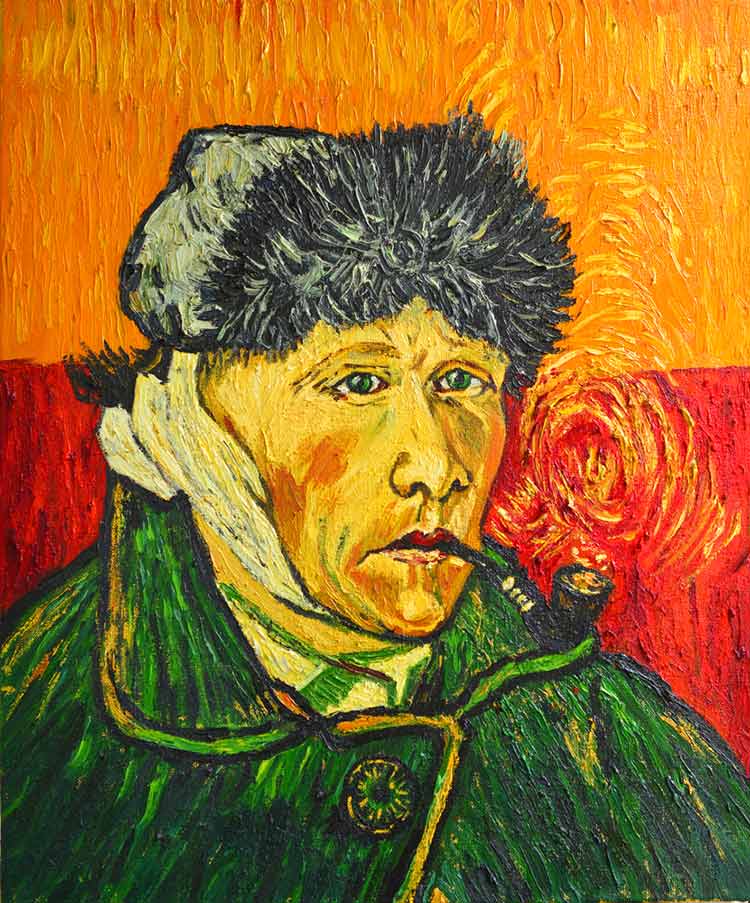
Vincent and Theo had an immense love for each other. Vincent was conflicted and passionate, yearning to produce good paintings, to achieve a purpose in life. He felt mentally crushed when he couldn’t yet sell a single painting. He wrote in a letter to Theo that the fact that he spends and brings nothing home makes him sad.
Vincent suffered a mental breakdown in 1888 and cut off his left ear in confusion. Theo rushed to Arles to be beside his brother. Would he become insane? Theo’s letters to his fiancée Jo Bonger expose his fear. But sadly, Vincent’s mental health continued to decline. When Vincent finally had himself admitted to a mental hospital, Theo’s hopes about his brother’s improvement were shattering slowly.
“It pains me to know that you’re still in a state of incomplete health,” he wrote in a letter.
Vincent Van Gogh’s Art Was Finally Getting Appreciated.
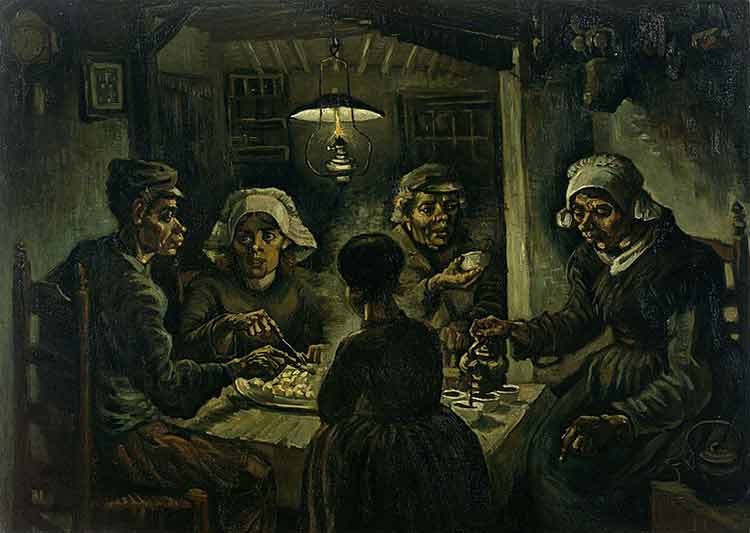
Van Gogh was not a successful artist in his lifetime but began to be recognized only after his death. But the person who was responsible for sharing, distributing, and revealing his paintings to the world was Theo. Theo submitted a few of Vincent’s paintings to the Salon des Independents, an annual exhibition in Paris. The paintings were slowly creating a stir, getting appreciated, and catching a lot of attention. Theo wrote in a letter to Vincent in 1890 that he wished he were there in person to see it.
The Last Journey
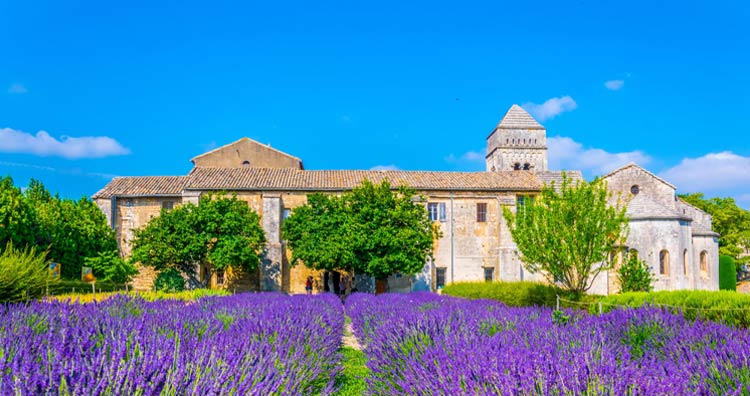
Vincent continued to paint whenever he could in the quiet atmosphere of Saint Remy, the institution. He kept sending his works to Theo and continued his letters. Vincent left Saint Remy in 1890 and moved to an artist’s village near Paris called Auvers to live near Theo. Theo was married to Jo and had a little boy whom they named Vincent Willem. Jo’s letter writes about a tearful reunion of the two brothers as they gazed at the sleeping baby Vincent.
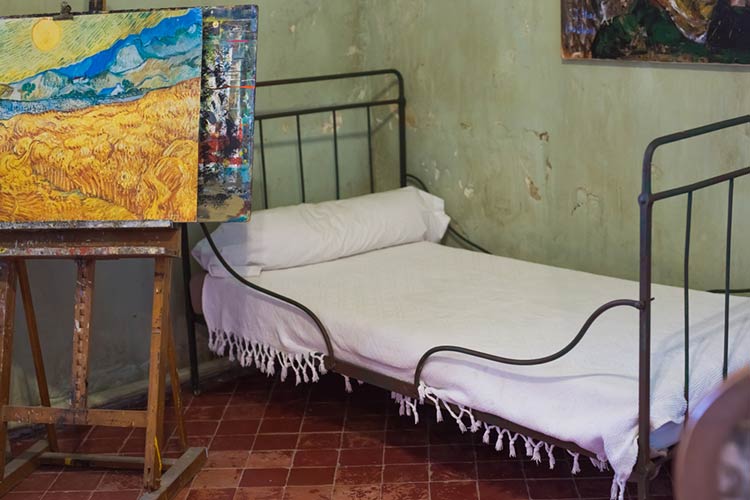
Vincent’s last days in the countryside drawing and painting brought brief moments of happiness to both the brothers, but they were short-lived. Theo wanted to set up his art firm, and that would mean he would need all his capital for his new venture.
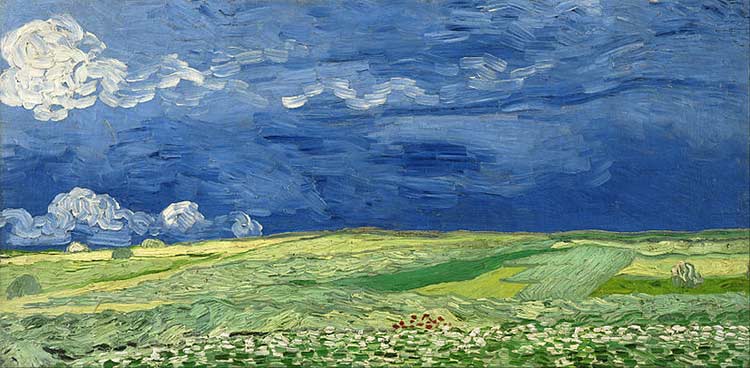
Vincent’s painting, Wheatfield under Thunderclouds, was produced during this time, implying a metaphorical storm brewing in the background. Vincent wrote in his letter to Theo that he was a danger to Theo, living at his expense. Both were suffering.
Theo and Vincent: The Last Farewell
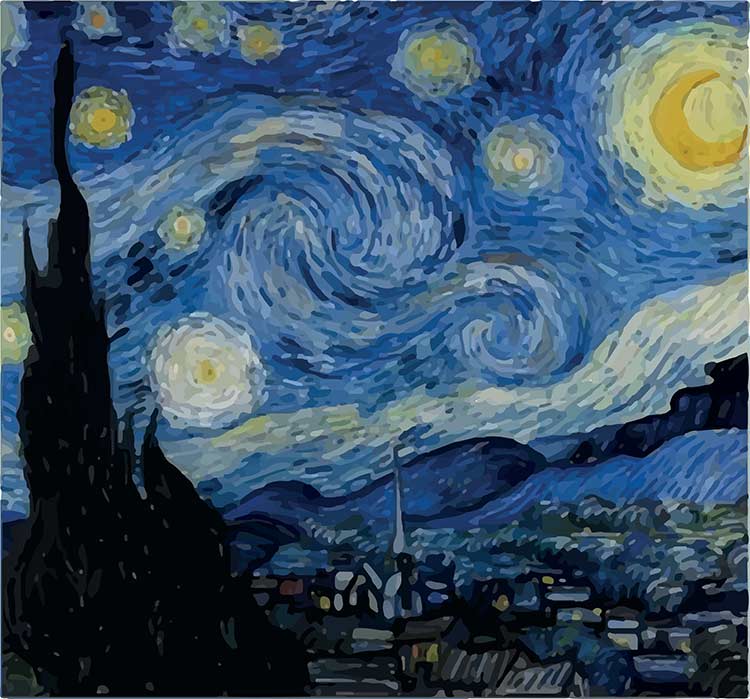
When Vincent sent Theo the Starry Night, it showed his progression away from realism. Theo could feel his brother slowly drifting away. He knew the world was not ready to understand his art yet, but he continued to encourage him. He sent him another 150 francs.
On July 1890, Vincent committed suicide in a wheatfield by shooting himself in the chest. Theo rushed to Auvers to be with his brother on his deathbed. His last words to Theo were, “…the sadness will last forever.”
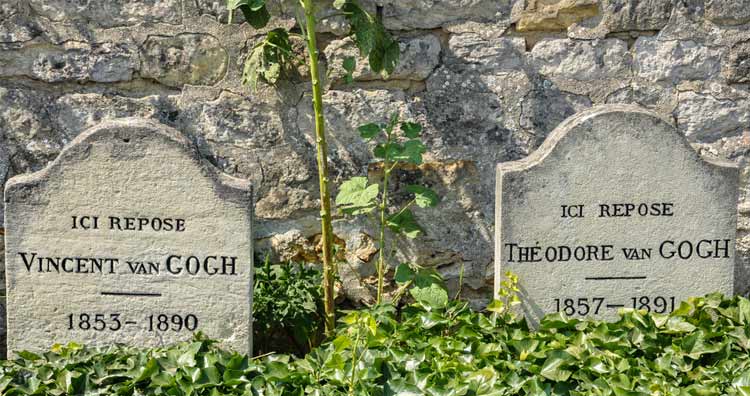
Less than three months after Vincent’s death, Theo suffered a complete physical collapse when he contracted syphilis. His torment was endless, and he died in 1891, six months after his brother, at the age of just 33, an end that left Jo stunned, devastated, and alone. Now they lie with each other in a little cemetery amid the wheatfields, under the starry night that engulfed both of them too soon.
11 Facts About The Artist Vincent Van Gogh’s Life That You Didn’t Know














